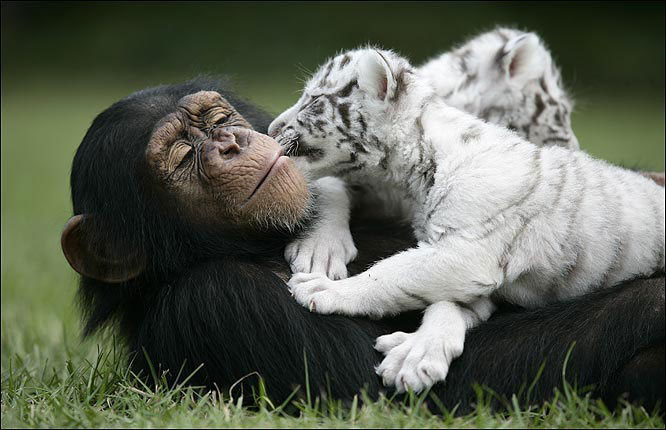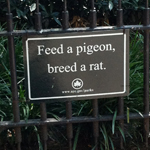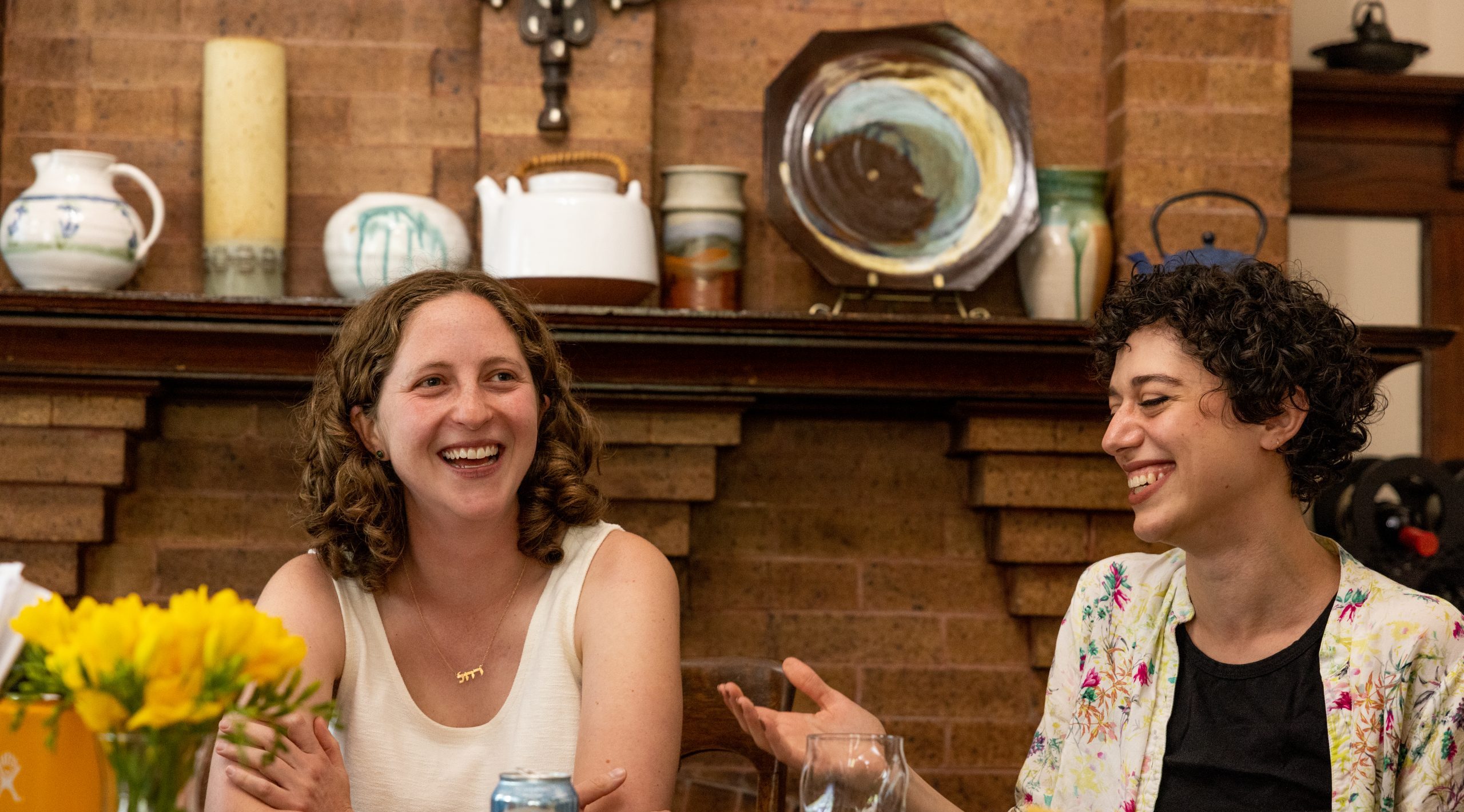
Nov 1, 2017 | by Rabbi Lisa Goldstein, Former Executive Director, Institute for Jewish Spirituality

My husband and I are almost finished with a course that is preparing us to be foster parents. Neither one of us has parented before and we are eagerly learning the theories that will hopefully help us once we have been certified and can bring children into our home.
For example, we know that children who have been removed from their families of origin carry with them various levels of trauma. Traumatic experiences are written on our bodies and expressed through them, even in the youngest children. The destructive behaviors that foster children sometimes exhibit often stem from rage or grief. Our teacher emphasizes that in children behaviors are indicators of feelings, and it is part of our role (and our privilege) as the caregivers to them to help children name the difficult feelings and try to find other, more wholesome ways of express those feelings.
Of course, this is not just true of traumatized children. We all carry the marks of our emotions in our bodies, and may struggle to recognize them – in ourselves as much as in others. So much of mindfulness practice is about creating a spaciousness in which we can better discern what the underlying feeling is, how it expresses itself in the body, how it might move and change, and how we might respond in the wisest way possible.
Because we know from our own practice how hard that can be, and because we are learning how much suffering foster children have been through, we expect that it should be easy to bring empathy to them – at least in the abstract. But I find myself sitting with a feeling of apprehension, a worry that we will be caught in our own need to be seen and heard, and unable to see the true emotions our foster children are trying to show us.
But isn’t that exactly the challenge? It is easy to bring a loving heart to others as long as our own vulnerabilities don’t get touched. And yet, how can we bring a loving heart without our vulnerabilities? What kind of practice do we need to keep our hearts open even when we are triggered, even when we are scared, even when we are frustrated and angry?
Perhaps one answer is setting aside a particular time for crying out. I recently studied a passage from Likkutei Halachot which said that on the spiritual realm, nothing stands in the way of crying out and teshuvah (repentance). In fact, crying out is a worthy act even after the Divine judgment has been made and in some cases, it can actually undo that judgment.
When we cry out and actually feel our own pain, we have the opportunity to bring compassion to our own weary, aching hearts. We can take off the brave faces we wear. We can open ourselves to the not-so-pretty, not-so-balanced side of emotional expression. We too can grieve and rage, and recognize the grief and rage in others.
And perhaps, slowly, we can find healing.

Feb 13, 2013 | by Rabbi Lisa Goldstein, Former Executive Director, Institute for Jewish Spirituality

It is interesting that it took a snowstorm to turn New York City into Jerusalem on a Friday evening.
Like many people who have spent time in Jerusalem, one of things I love the most is the way Friday afternoons come into the Jewish parts of the city. Bit by bit, the stores close and the roads empty out. The sounds of the usual bustle begin to subside and a calm begins to pervade the squares and streets. By the time the sun sets over the plain below, it can feel like the whole city has taken a deep breath and let it out slowly.
Last Friday, with the approach of Snowstorm Nemo, New York City could have been Jerusalem. Sleet was falling in the afternoon and people began leaving, getting to where they would stay for the duration of the storm. Even in Midtown, where our office is, bit by bit, there were fewer cars, less honking and sirens. We closed the office a little early. And by the time the snow began to fall in earnest, later in the evening, as I was on my way to Shabbat dinner, there was a magical hush everywhere. The streets were mostly empty except for people walking, some with their dogs. The glow from the strings of left-over holiday lights caught the softly falling snow. The usually frantic city felt soothed and quiet.
One of the things I love about New York City is the wonderful energy and astonishing abundance of people and buildings and things to do and see and eat and explore. There is usually no stopping it or even any desire to stop it. But on this Erev Shabbat, it seemed like the city shavat vayinafash – stopped and took a breath.
By Shabbat morning the sun was shining and the sky was blue. I made my way to Central Park to explore the snowy woods and to watch the kids (of all ages!) playing in the snow. New York was returning to itself: noisy, colorful, vibrant. Yet, the magic of the snow stayed all through Shabbat. It wasn’t until Sunday that there was more gray slush than pristine fields of snow – just in time for a new workaday beginning to the week.

Nov 8, 2012 | by Rabbi Lisa Goldstein, Former Executive Director, Institute for Jewish Spirituality

I find it so difficult to get up in the dark morning as we head into winter. And of course, although going back to standard time gives me a temporary reprieve, soon it will just be a fact of winter: dark mornings and dark evenings.
Some people experience a depression of spirit in the face of so much darkness. For me, the most difficult part is the accompanying sleepiness. I must have a very strong circadian clock in my system! My instinct is to hibernate; I want to curl up in the blankets and dive back into dreaming.
I have learned a lot about sleepiness from my practice. I can’t tell you how many times I have felt sleepiness overwhelm me in the midst of meditating or learning or praying. At first, I would berate myself, but over time, I have learned that sleepiness requires subtle discernment. Sometimes sleepiness is just a fact. I am tired right now. That is part of the human condition. I can bring a sense of curiosity to it: What IS this sleepiness? I notice the heaviness in my body, the fuzziness in my thinking, the dream states as they arise. My awareness ebbs and flows and I notice that too.
But sometimes the sleepiness is something I can address as a hindrance that can be overcome. The truth is I don’t want to allow sleepiness to take over my practice. I have my bag of tricks to help me. I begin counting, paying careful attention to the beginning and end of each breath. Or in a word-based practice I seek one word in each line that might hold special meaning or intention. These things can wake me up.
Ultimately, waking up is the purpose of all this practice. Sleepiness is not confined to the winter months. As the shofar blasts from last month’s holidays remind us, it is so easy to lead sleepy lives. Cultivating curiosity and the ability to remember to wake up can help us shake off the heavy slumber and prepare us to face the darkness – and the light – more wide awake and more alive.

Oct 16, 2012 | by Rabbi Lisa Goldstein, Former Executive Director, Institute for Jewish Spirituality
 I find it so curious that the Jewish year begins with almost an entire month’s worth of holidays, each one with its own flavor, building upon the one before. We have the sweet awe of Rosh Hashanah, the intense internality of Yom Kippur, the joy and vulnerability of Sukkot, the ecstatic connection to learning on Simchat Torah. It is quite a spiritual journey – and can be exhausting! I hear many people expressing relief that the holidays are “finally” behind us.
I find it so curious that the Jewish year begins with almost an entire month’s worth of holidays, each one with its own flavor, building upon the one before. We have the sweet awe of Rosh Hashanah, the intense internality of Yom Kippur, the joy and vulnerability of Sukkot, the ecstatic connection to learning on Simchat Torah. It is quite a spiritual journey – and can be exhausting! I hear many people expressing relief that the holidays are “finally” behind us.
Which brings us to that seemingly flat time of “after the holidays.” Life is back to normal (whatever that means). We return to the routine and the steadily increasing darkness of the Northern Hemisphere’s approaching winter. Next week we begin the new month of Heshvan, the famous month of no holidays. Sometimes it is known as “Marheshvan,” with a connotation of mar or bitterness. There is no external reason to celebrate; there is nothing obviously interesting or intriguing about it. In some ways, the whole month is the continuation of Shemini Atzeret, the eighth day of Sukkot, which has only one unique feature in the Diaspora: the prayer for rain for the Land of Israel.
And yet, in some ways, these weeks are actually the fruitful time of the year, not the dramatic holiday season just ended. We get to begin living out what we thought, embodying the insights, intentions and hopes for the new year. We get to begin translating the lofty visions into messy, ever-surprising life. It may be dark; it may be rainy; it may be unexciting. But moving from the potential to the actual is filled with power and possibility.
This is precisely where spiritual practice has the most to offer, in offering perspective and wisdom when confronted with difficulty and in guiding us towards more kindness, responsibility, gratitude and integrity. It can even help us find the unexpected shining in ordinary things. There is nothing bitter about that!
Wishing everyone a mindful transition back to the everyday!

Aug 29, 2012 | by Rabbi Lisa Goldstein, Former Executive Director, Institute for Jewish Spirituality

Earlier in the summer, I went to Roosevelt Island. There is a red tram that takes you from the east side of Manhattan, up, over the Queensboro Bridge and the East River and then down to the island. It’s great fun.
I was early to meet my friend and so I waited at the tram depot on the Manhattan side for a while. The little plaza by the station was one of those strange places that for some reason attracts pigeons by the hundreds. My eye was caught by a sign that the New York City Department of Parks and Recreation posted on a fence: “Feed a Pigeon. Breed a Rat.” (And just for the record, I did indeed spy a rat, roughly the size of a pigeon, scurrying beneath the rose bushes.)
The sign reminded me of a classic teaching story that I first heard from Sheila Weinberg. A Native American elder is teaching a group of children, sitting at his feet. He says, “There are two wolves. One is filled with rage and hatred and blame and fear. The other is filled with compassion and forgiveness and peacefulness and faith. These two wolves are fighting. And they are inside me.”
One of the children asks anxiously, “Which wolf will win?”
The elder solemnly replies, “Whichever one I feed.”
In my experience, my more negative thought patterns are very similar to feeding rats and pigeons. I have no desire to feed the rats. But pigeons are innocuous. I find them  dirty and slightly menacing in a weird way, but they’re certainly not on the same level as rats. In the same way, I don’t intend to hold on to things that make me angry, hateful, fearful or judgmental. But I certainly can find myself nursing small grudges or injustices that seem innocuous.
dirty and slightly menacing in a weird way, but they’re certainly not on the same level as rats. In the same way, I don’t intend to hold on to things that make me angry, hateful, fearful or judgmental. But I certainly can find myself nursing small grudges or injustices that seem innocuous.
But in fact, they are not. The New York City Department of Parks and Recreation is exactly right. Feed a pigeon, breed a rat. Cling to that grievance and it inadvertently may shape my thoughts towards something much darker and unwanted.
Of course, there is a place in the world for all kinds of animals, even those we call pests, and anger, fear and hatred are unavoidable – and occasionally even useful – human experiences. It’s a question of appropriateness and discernment. Perhaps the first place we can stop “feeding the pigeons” is with ourselves – by bringing compassion, forgiveness and faith to our mind’s endless capacity for holding on when we might let go.












